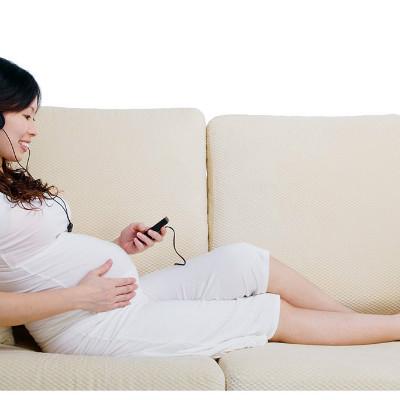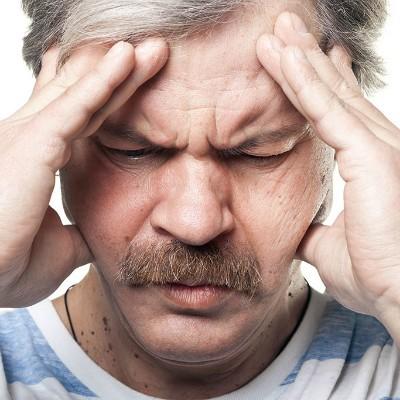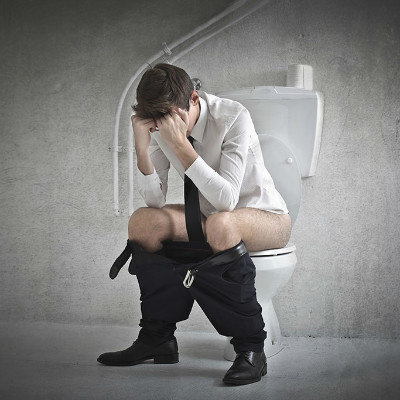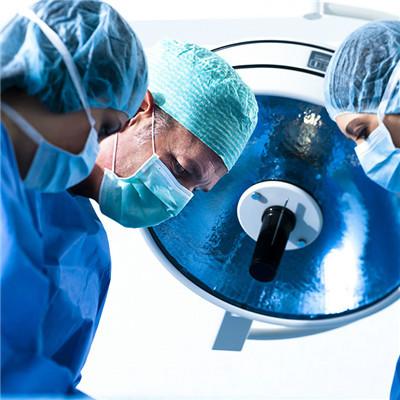Osteoporotic symptoms after fracture?
summary
In recent two years, some fracture patients always ask if they are suffering from osteoporosis when they see a doctor. This is a good phenomenon. It shows that the media and medical workers have played a certain role in popularizing the science of osteoporosis in recent years, making people more or less understand the relationship between fracture and osteoporosis. Osteoporotic symptoms after fracture? Let's talk to you
Osteoporotic symptoms after fracture?
Most of them appear after pain. The weight of the anterior vertebral body is large, especially the 11th and 12th thoracic vertebrae and the third lumbar vertebrae. They are more prone to compression and deformation, which makes the spine incline forward and form a hunchback. With the growth of age, osteoporosis aggravates and the curvature of the hunchback increases. When the elderly have osteoporosis, the vertebral body is compressed, each vertebral body is shortened by about 2 mm, and the average length is shortened by 3-6 cm.
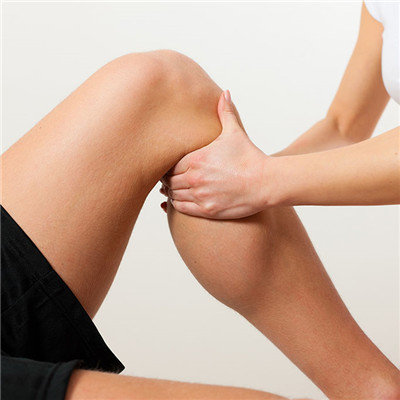
The most common symptom of primary osteoporosis is low back pain, accounting for 70% - 80% of the patients with pain. The pain diffused along the spine to both sides. The pain was alleviated in supine or sitting position. The pain was aggravated in standing position, stretching backward, standing and sitting for a long time. The pain was aggravated in bending, coughing and defecating. Generally, bone pain occurs when the bone loss is more than 12%. Senile osteoporosis, vertebral compression deformation, spinal flexion, muscle fatigue and even spasm, pain.
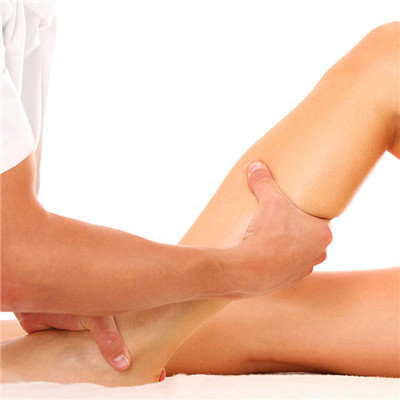
The new thoracolumbar compression fracture can also produce acute pain, and the corresponding parts of the spinal spinous process can have strong tenderness and percussion pain. If the corresponding spinal nerve is compressed, it can produce limb radiating pain, sensory motor disturbance of both lower limbs, intercostal neuralgia and retrosternal pain, similar to angina pectoris. If the spinal cord and cauda equina are compressed, the function of bladder and rectum will be affected
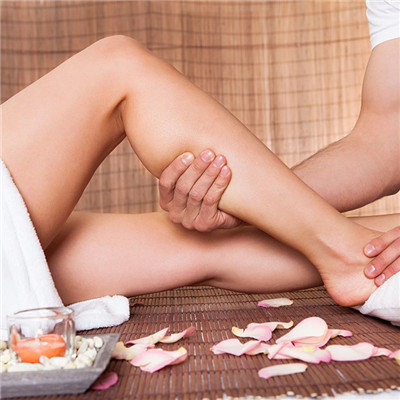
matters needing attention
Good nutrition plays an important role in the prevention of osteoporosis, including adequate calcium, vitamin D, vitamin C and protein. From childhood, the daily diet should be adequate intake of calcium, calcium affects the acquisition of bone peak. European and American scholars advocate that the intake of calcium is 800-1000 mg for adults, 1000-1500 mg for postmenopausal women, and 1500 mg / day for men after 65 years old and other patients with osteoporosis risk factors. The intake of vitamin D was 400-800u / day.


